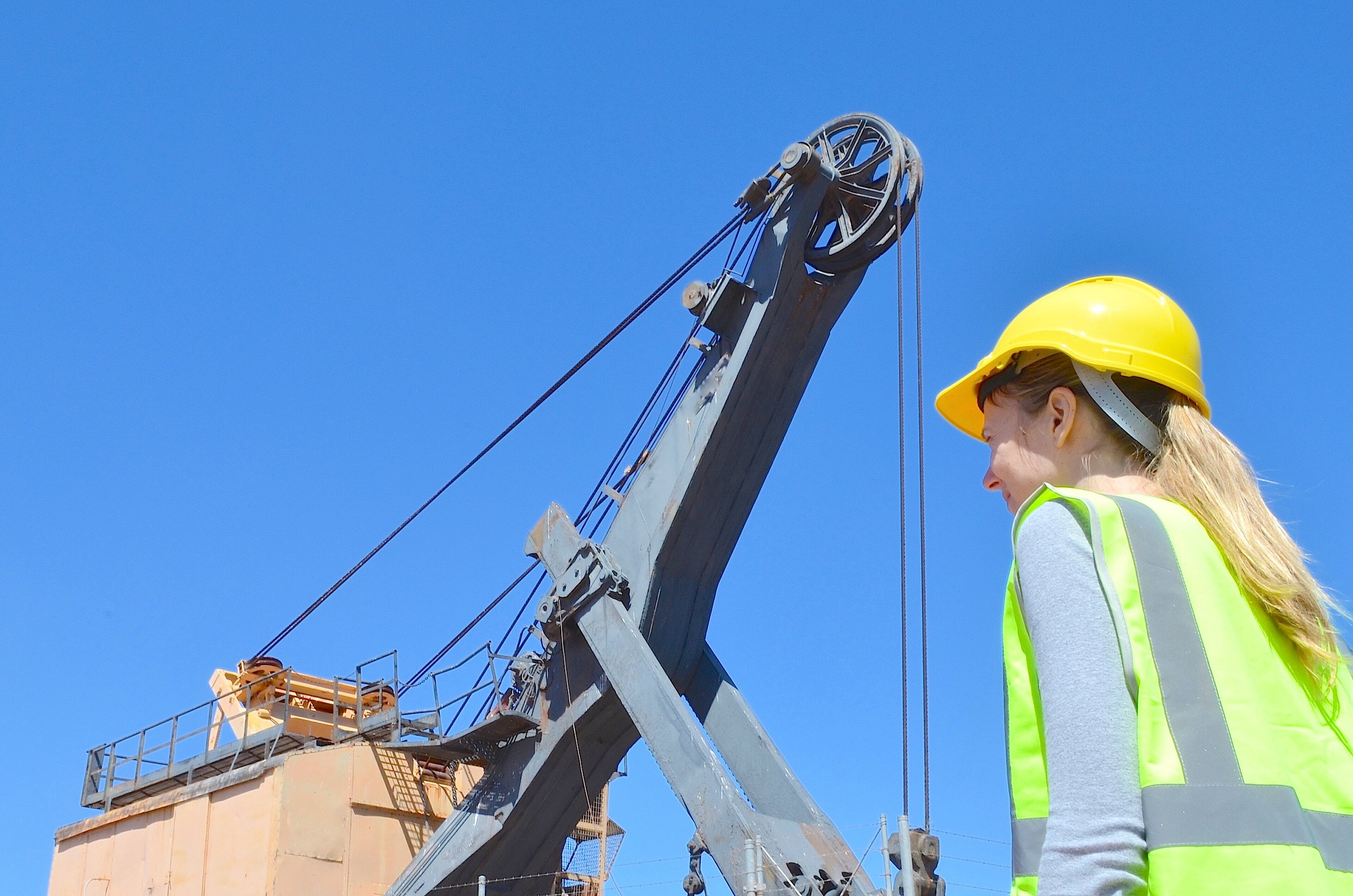What happened
2017 was a great year for any company that had a hand in North America's shale revolution. That is, unless those companies sold sand for hydraulic fracking. Even though oil and gas production increased, and the number of active drilling rigs climbed, the stock prices for the five most prominent players in frack sand -- U.S. Silica Holdings (SLCA +0.00%), Hi-Crush Partners (HCLP +0.00%), Fairmount Santrol Holdings (NYSE: FMSA), Emerge Energy Services (NYSE: EMES), and Smart Sand (SND 2.04%) -- declined more than 40% last year.
What is perhaps even more perplexing about the whole situation is that from an operational and financial standpoint, all of these stocks are doing much better. What gives?

Image source: Getty Images.
So what
There were a lot of good vibes going around for any company involved in shale in the early part of the year. Oil prices had climbed to a level high enough that producers could at least break even or even generate modest rates of return. For several months, more and more drilling rigs were taken out of storage and put to work. More drilling activity also means more demand for drilling consumables like frack sand, which was one big positive for the industry.
Another thing that had investors bullish on this industry is that the amount of sand used per well was growing at incredible rates. According to Hi-Crush Partners, per-well sand demand was in the range of two to three times depending on the shale basin.

Data source: Emerge Energy Services investor presentation.
These positive signs all pointed at these companies finally turning in positive income results after a few years of disappointing losses, and after a couple of quarters of high costs to reactivate mines and logistics equipment, every company posted positive net income results in the third quarter. In fact, all of these companies announced that they would need to expand operations to meet growing demand. U.S. Silica, by far the largest player in the bunch, announced plans to add 9 million tons of production this year alone. For reference, it started the year with production capacity of 11 million tons per year.
Here's the bizarre part, though: The more these companies' financials improved, the more their stock values dropped.
It would seem that Wall Street is apprehensive about this rebound because this recent euphoria looks familiar to the astronomical growth of 2013-2014. Companies were rushing to build new mines -- and take on debt to fund them -- to support shale growth that seemed unending. Once prices dropped and drilling activity ground to a halt, these companies were left sitting on idle production capacity and bloated balance sheets.
With companies embarking on another monumental growth phase, there are fears that they all may be overestimating the drilling industry's appetite for frack sand. On one of Halliburton's most recent conference calls, management did note that some companies are now scaling back on per-well sand use for better economics. If the frack sand industry's estimates do indeed overshoot actual future demand, sand prices could plummet and put these companies back in the doldrums.
Now what
I loathe the phrase "this time it's different," but there are some not insignificant differences in the oil and gas market that make this particular growth phase different from the prior one. The most critical is that producers have found ways to drastically reduce their per-barrel breakeven price. Five years ago, they needed prices above $90 a barrel to break even. In some of the more prolific basins like the Permian and Eagle Ford, breakeven prices are now in the $50-a-barrel range. This will make shale drilling activity much more resilient to price swings in the future.
It also helps that these companies' balance sheets are in much better condition. The ones that needed to pay down debt have done so -- Smart Sand used its IPO in November 2016 to eliminate almost all debt obligations. In fact, Hi-Crush Partners believes it is on solid enough footing that it reinstated its distribution to shareholders in the third quarter. U.S. Silica, the most financially sound company heading into the collapse, hasn't needed to prioritize debt reduction, but it's also more or less meeting its capital spending obligations with cash from operations.
These changes suggest two things: The chances of a decline in the next year or so are much lower than in the prior downturn. And if these businesses do overshoot with production, they are in better financial shape to handle a lull in prices. That is especially true of U.S. Silica, Smart Sand, and Hi-Crush Partners as all three have the best balance sheets and more significant footprints in the transportation and logistics aspect of the sand industry, which improve margins.
All in all, the market looks much brighter for frack sand stocks in general, but it seems to still have nightmares about the previous crash. These factors suggest that if you haven't considered frack sand stocks lately, perhaps it's time for another look.






